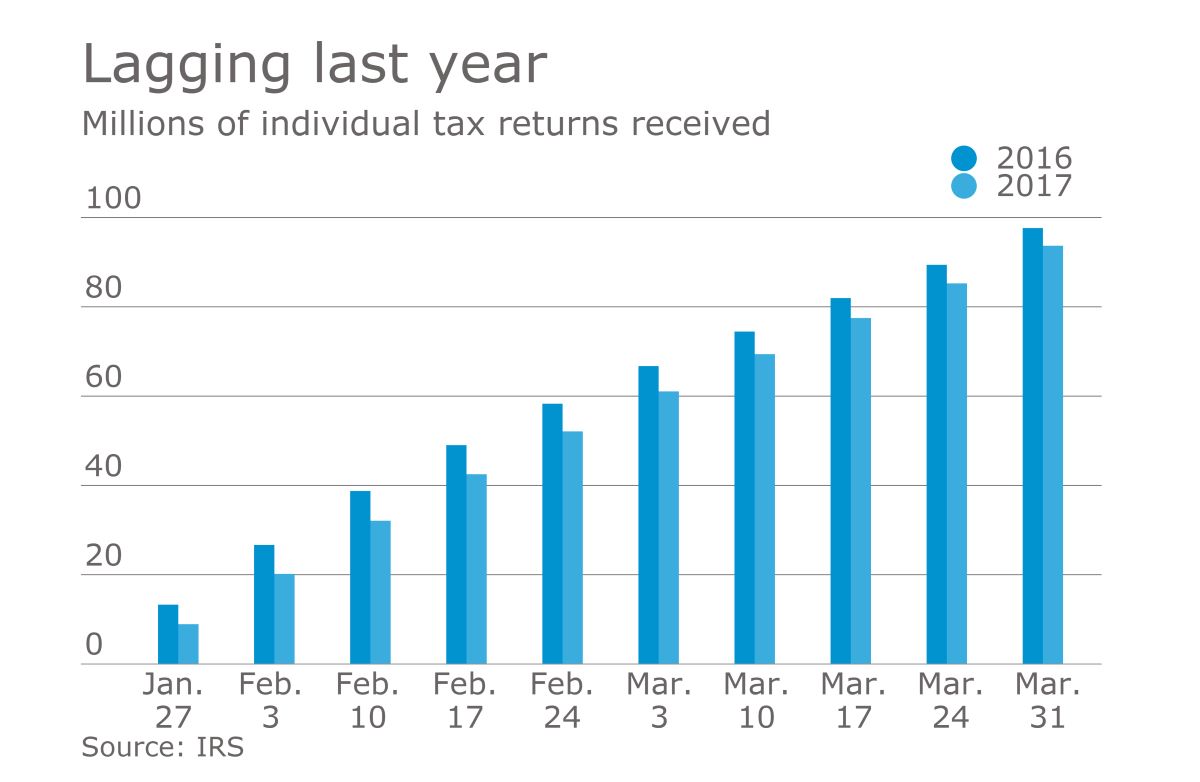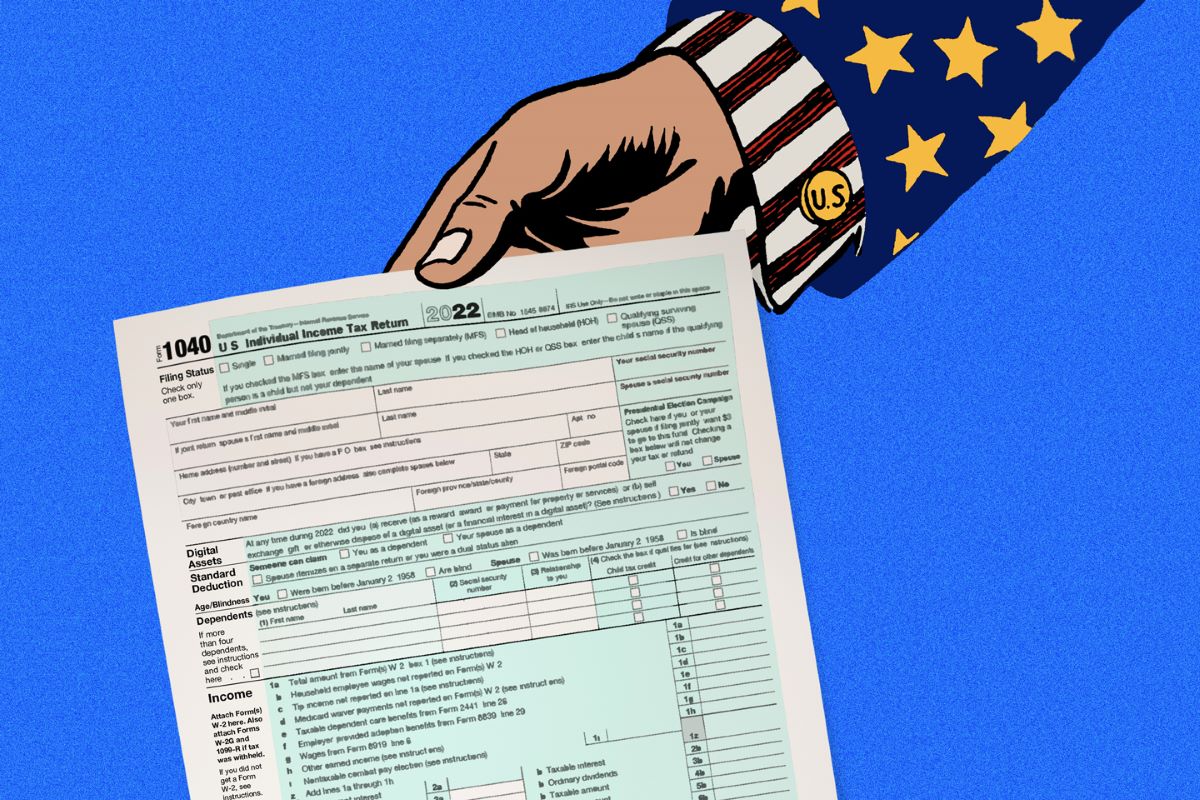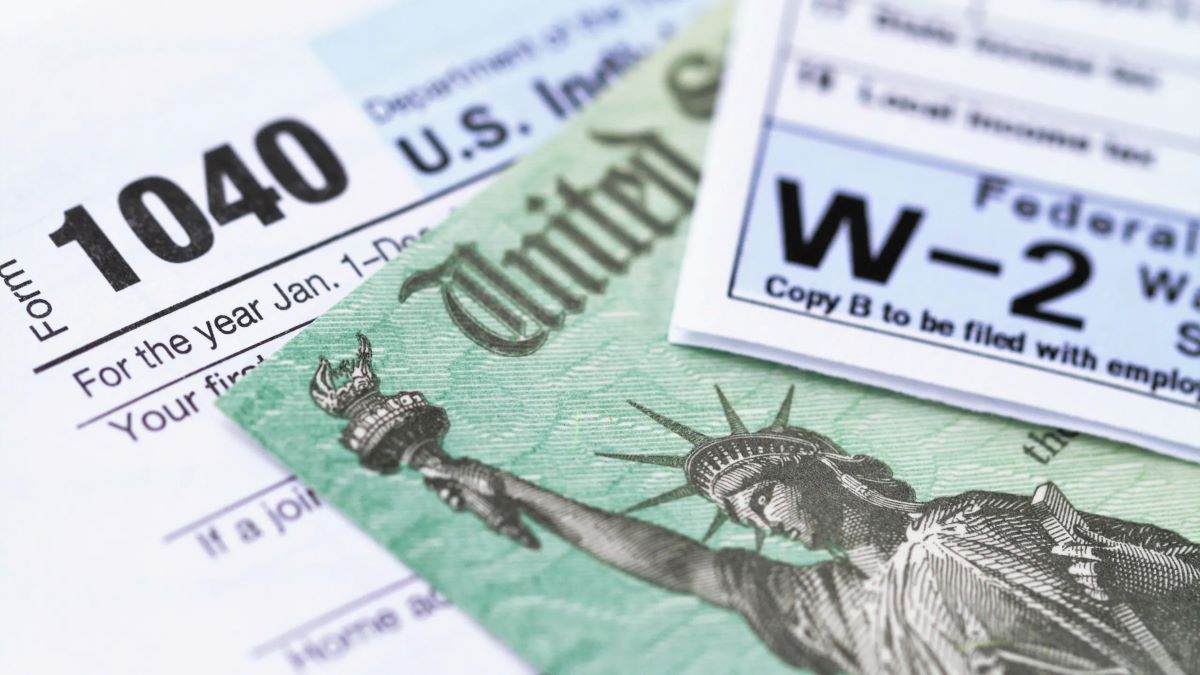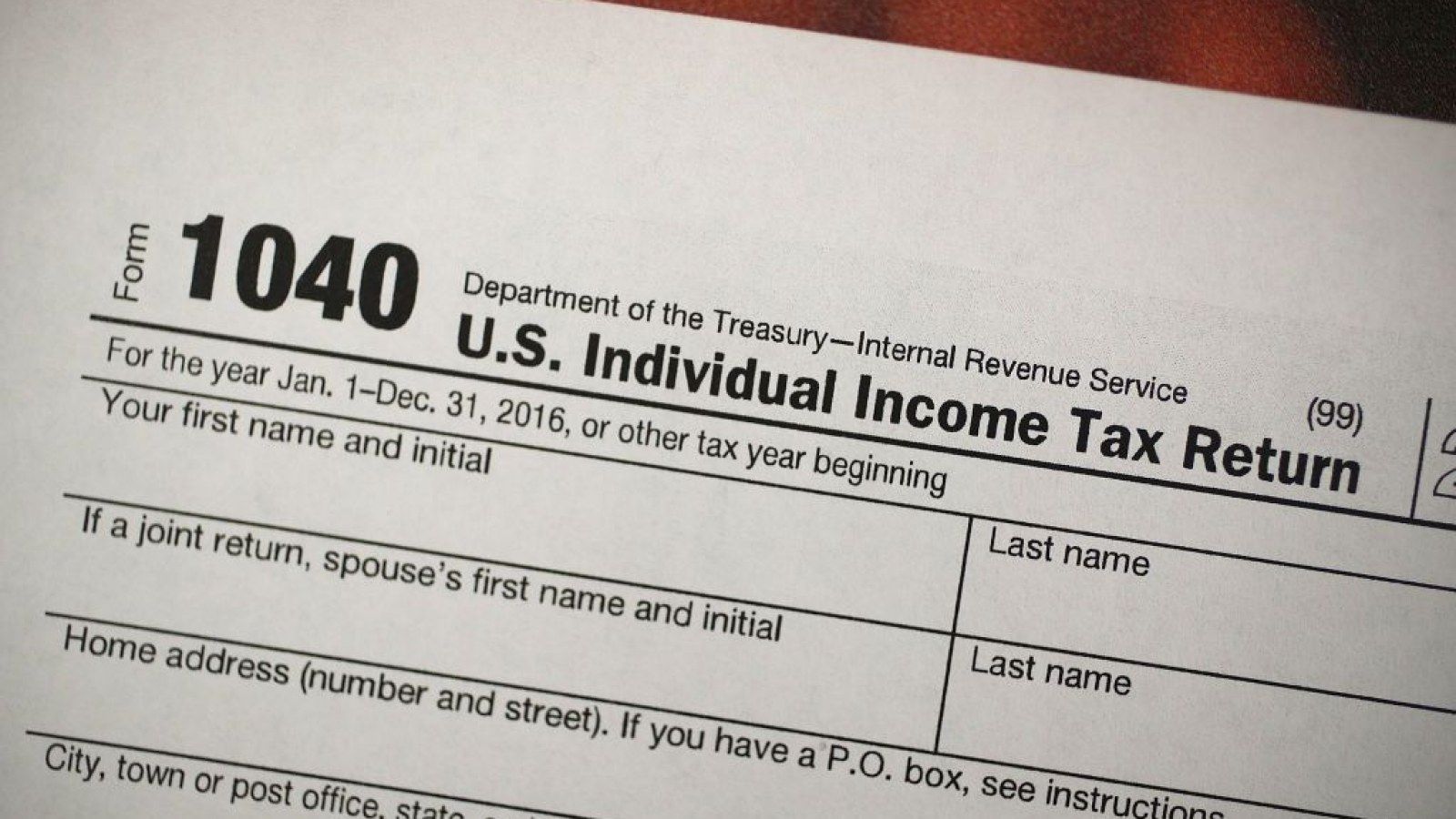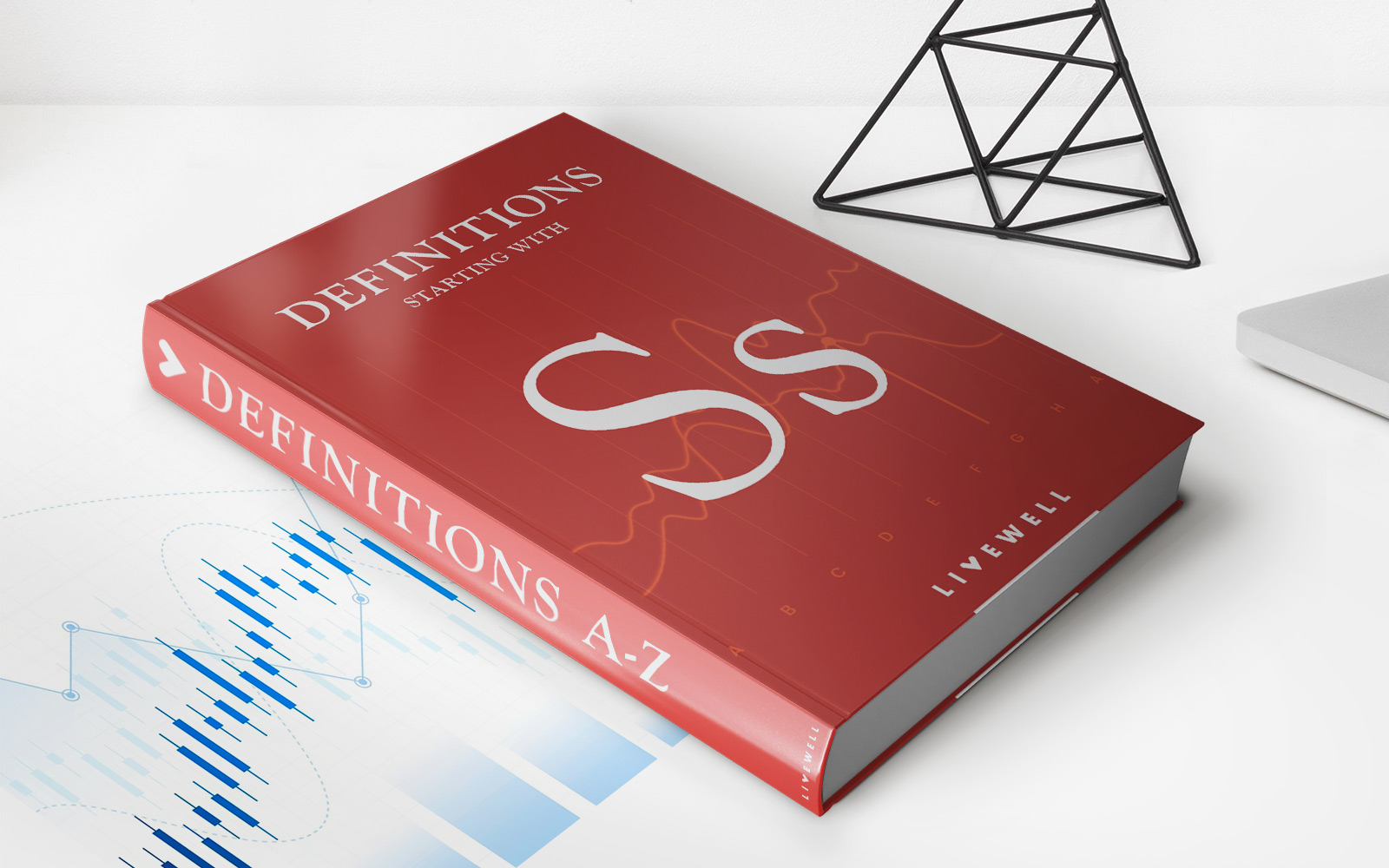Home>Finance>When Will The IRS Start Accepting 2016 Tax Returns?
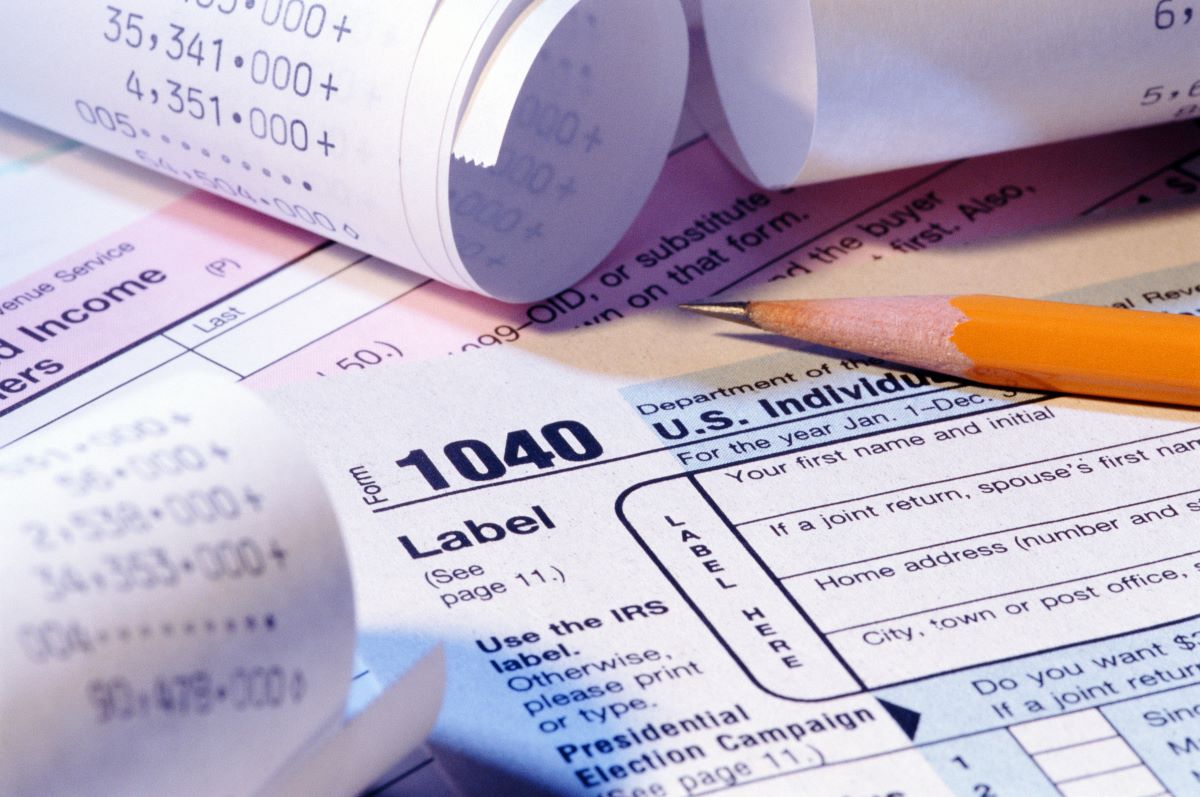

Finance
When Will The IRS Start Accepting 2016 Tax Returns?
Published: November 1, 2023
Find out when the IRS will begin accepting 2016 tax returns and get your finances in order for the upcoming tax season.
(Many of the links in this article redirect to a specific reviewed product. Your purchase of these products through affiliate links helps to generate commission for LiveWell, at no extra cost. Learn more)
Table of Contents
Introduction
Welcome to the world of finance and taxes! The Internal Revenue Service (IRS) is the agency responsible for collecting federal income taxes in the United States. For those anxiously waiting to file their taxes for the year 2016, it’s important to know when the IRS will start accepting tax returns.
Filing your taxes promptly and accurately is crucial to avoiding penalties and ensuring that you receive any refunds you may be entitled to. In this article, we will discuss the important dates for taxpayers, any changes in tax laws for 2016, and the various options for electronic filing. We will also cover how to file for an extension if you need more time to gather your documents or seek professional assistance.
Before diving into the details, it’s important to note that tax laws and filing requirements may vary depending on your individual circumstances. This article provides general information and should not substitute for professional tax advice. It is always recommended to consult with a qualified tax professional or refer to IRS publications for the most up-to-date guidelines specific to your situation.
So without further ado, let’s delve into the important dates, changes in tax laws, and various filing options for the year 2016. Whether you are a first-time filer or a seasoned taxpayer, this article aims to equip you with the necessary knowledge to navigate the complex world of taxes with confidence.
Important Dates for Taxpayers
As a taxpayer, it is essential to be aware of the key dates related to filing your tax return. Here are the important dates for tax year 2016:
- January 1, 2017: The beginning of the tax year 2016. This is the first day you can start preparing your tax return, gathering the necessary documents, and organizing your financial records.
- January 23, 2017: The IRS begins accepting electronic tax returns. This is the earliest date that you can e-file your tax return, either through professional tax software or using reputable online tax filing services.
- April 18, 2017: The tax filing deadline for the year 2016. Traditionally, the tax filing deadline is April 15. However, in 2017, the deadline is extended to April 18, due to the observation of a holiday in the District of Columbia.
- April 18, 2017: The due date for tax payments. If you owe taxes, it is important to make your payment by the April 18 deadline to avoid any penalties or interest charges.
- October 16, 2017: The deadline for filing an extension. If you are unable to file your tax return by the April deadline, you can request a six-month extension, which will give you until October 16, 2017, to complete your tax return.
It is important to note that if you file for an extension, it grants you extra time to file your return, but not to pay any taxes owed. You must still estimate and make any tax payments by the April 18 deadline to avoid penalties or interest charges.
Make sure to mark these dates on your calendar and plan accordingly to ensure a smooth and stress-free tax filing process. Being proactive and organized will not only save you from potential penalties, but it will also give you peace of mind knowing that your taxes are taken care of in a timely manner.
Changes in Tax Laws for 2016
Each year, the federal tax laws undergo updates and changes that may have an impact on how you file your tax return. It’s crucial to stay informed about these changes to ensure you comply with the latest regulations. Here are some key changes in tax laws for the year 2016:
- Increased Standard Deduction: For tax year 2016, the standard deduction amounts have increased slightly. The standard deduction is a predetermined amount that reduces your taxable income. It is available to taxpayers who do not itemize deductions. Review the IRS guidelines to determine the specific standard deduction amount based on your filing status.
- Health Insurance Requirement: Beginning in 2016, most individuals are required to have health insurance coverage or pay a penalty when filing their tax return. Make sure to understand the requirements and seek health insurance coverage if necessary.
- Health Savings Account Contribution Limits: The contribution limits for Health Savings Accounts (HSAs) for tax year 2016 have increased slightly compared to the previous year. HSAs provide a tax-advantaged way to save for eligible medical expenses. Ensure you are aware of the updated limits if you have an HSA.
- Increased Earned Income Tax Credit: The Earned Income Tax Credit (EITC) is a refundable credit for low to moderate-income individuals and families. The income thresholds and credit amounts for the EITC have been adjusted for tax year 2016. Determine if you qualify and take advantage of this valuable credit if eligible.
- Changes in Tax Brackets and Rates: Tax brackets and rates are subject to changes each year due to inflation adjustments. Familiarize yourself with the new tax brackets and rates for 2016 to accurately calculate your tax liability.
These are just a few examples of the changes in tax laws for 2016. It is essential to review the IRS publications, consult with a tax professional, or utilize reputable online tax resources to ensure you stay updated on any other changes that may affect your tax return.
By staying informed about the latest tax laws, you can maximize your tax benefits, avoid any potential pitfalls, and ensure compliance with the IRS requirements. Be proactive in learning about these changes to make the most of your tax planning and preparation process.
Electronic Filing Options
Gone are the days of paper tax forms and long waits at the post office. With technological advancements, the IRS now offers convenient and efficient electronic filing options for taxpayers. Here are some electronic filing options to consider for the year 2016:
- E-file with IRS Free File: If your income is below a certain threshold, you may qualify to use IRS Free File. This program provides free tax preparation software to eligible taxpayers, allowing them to file their federal tax return for free. Visit the IRS website to determine if you are eligible and to access the participating tax software providers.
- Commercial Tax Software: There are numerous commercial tax software options available in the market, such as TurboTax, H&R Block, and TaxAct. These software programs guide you through the tax preparation process, ensuring accurate calculations and helping you find various credits and deductions you may qualify for. Consider researching and comparing different tax software programs to find the one that best suits your needs.
- Authorized E-file Provider: If you prefer to have assistance from a tax professional, you can choose to e-file through an authorized tax preparer. These professionals are equipped with the necessary software and knowledge to accurately prepare and file your tax return on your behalf.
- Free File Fillable Forms: If you are comfortable preparing your own tax return but prefer electronic filing, you can use the Free File Fillable Forms. This option allows you to input your tax information directly into electronic versions of the IRS paper forms and e-file them for free.
- Mobile Apps: Some tax software providers also offer mobile applications, enabling you to prepare and file your tax return directly from your smartphone or tablet. These apps provide a user-friendly interface and convenient tax-filing options on the go.
Regardless of the electronic filing option you choose, ensure that you have all necessary documents and information readily available. This includes your Social Security Number, income statements, deduction records, and any other relevant tax forms.
Electronic filing offers several advantages, including faster processing times, fewer errors, and the potential for faster refunds. It also eliminates the need for printing and mailing paper forms, reducing paper waste. However, it’s important to note that electronic filing requires providing sensitive personal information, so it is crucial to use reputable and secure methods when filing your taxes electronically.
Explore these electronic filing options and choose the one that aligns with your preferences and needs. Take advantage of the convenience and efficiency offered by technology to simplify your tax filing process.
How to File for an Extension
Life can sometimes get in the way, and filing your tax return by the original deadline may not be feasible. If you need more time to gather your documents, seek professional assistance, or for any other valid reason, you can file for a tax extension. Here’s how to file for an extension:
- File Form 4868: To request a tax extension, you need to file IRS Form 4868, also known as the Application for Automatic Extension of Time to File U.S. Individual Income Tax Return. This form allows you to extend the filing deadline for up to six months.
- Submit the Form Electronically: You have the option to electronically file Form 4868 through authorized tax software, IRS Free File, or an authorized tax professional. When e-filing the form, ensure you receive confirmation of successful submission.
- Mail the Form: If you prefer to submit a paper copy of Form 4868, you can mail it to the designated IRS address for your state. Make sure to reference the correct address based on your location and include all required information.
- Estimate and Pay Any Taxes Owed: While filing for an extension gives you more time to submit your tax return, it does not extend the deadline for paying any taxes owed. If you anticipate owing taxes, it is crucial to estimate the amount and submit payment along with your extension request to avoid penalties and interest charges.
- Keep a Copy of the Confirmation: After filing for an extension, retain a copy of the confirmation for your records. This will serve as proof that you requested an extension and will be useful if any questions or issues arise in the future.
It is important to note that an extension grants you more time to file your tax return, but not to pay any taxes owed. Failure to pay taxes by the original deadline can result in penalties and interest charges. Make the necessary arrangements to pay any taxes owed to avoid complications.
While filing for an extension provides additional time, it’s important to use the extension wisely and avoid procrastination. Take advantage of the extra time to gather your documents, review your tax situation, and seek professional assistance if needed. Use this opportunity to ensure the accuracy and completeness of your tax return.
Remember, filing for an extension does not exempt you from the tax filing requirements. It is a temporary extension of the deadline to submit your completed return. Make it a priority to complete and submit your tax return by the extended deadline to minimize any potential issues or penalties.
Frequently Asked Questions
When it comes to taxes, it’s natural to have questions. Here are some frequently asked questions about tax filing for the year 2016:
- Can I still file my taxes if I miss the deadline?
Yes, you can still file your taxes even if you miss the April deadline. However, it is advisable to file as soon as possible to avoid any penalties or interest charges. If you are due a refund, there is no penalty for filing late. But if you owe taxes, penalties and interest may be applied. - What happens if I make a mistake on my tax return?
If you realize you made a mistake on your tax return after filing, you can file an amended return using Form 1040X. This form allows you to correct any errors or provide additional information. It’s important to note that you have three years from the original filing deadline to amend your return. - What if I can’t afford to pay my taxes?
If you are unable to pay your taxes in full by the deadline, it’s crucial to still file your return on time to avoid any late-filing penalties. You can explore various payment options, such as setting up an installment agreement with the IRS or applying for an Offer in Compromise if you have significant financial difficulties. - Do I need to keep copies of my tax returns?
Yes, it is recommended to keep copies of your filed tax returns and any supporting documentation for at least three to seven years. These documents serve as proof of your income, deductions, and tax payments, and may be necessary if you are ever audited or need to reference past financial information. - Can I file my taxes online if I am self-employed?
Absolutely! Online tax filing options are available for self-employed individuals as well. You may need to report additional income and deductions related to your self-employment, so it’s important to choose a tax software or service that caters to self-employed individuals.
These are just a few common questions related to tax filing. Remember, tax situations can vary, so it’s always recommended to consult with a qualified tax professional or refer to IRS publications for specific guidance based on your individual circumstances.
When in doubt, seek advice to ensure accurate tax reporting and compliance with IRS regulations. By staying informed and proactive, you can navigate the tax filing process with confidence.
Conclusion
Filing your taxes for the year 2016 may seem daunting, but with the right knowledge and resources, you can navigate the process smoothly. By understanding the important dates, changes in tax laws, electronic filing options, and how to file for an extension, you are equipped to fulfill your tax obligations efficiently and accurately.
Remember, staying informed about the latest tax laws is crucial to ensure compliance and maximize your tax benefits. Take advantage of electronic filing options to simplify the process, save time, and potentially receive your refund faster.
If you have any questions or uncertainties, don’t hesitate to seek guidance from a tax professional. Their expertise can provide valuable insights tailored to your specific tax situation.
Finally, while taxes may not be the most exciting aspect of personal finance, understanding and fulfilling your tax obligations is an essential part of financial responsibility. By staying organized, proactive, and informed, you can approach tax filing with confidence, ensuring a smooth and successful process.
So mark your calendar, gather your documents, and embrace the world of tax filing for the year 2016. By following the guidelines outlined in this article, you are well on your way to fulfilling your tax responsibilities and achieving peace of mind in the process.

